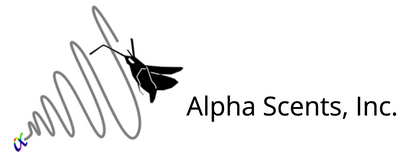How has climate change affected natural pest control?
We have observed time and again the effects of climate change on the planet’s natural life. However, how has climate change affected natural pest control? Simply put, changing temperatures and CO2 levels alter not only the way in which animal’s search for food, but also their quality, ultimately changing the makeup of natural enemies. Because insects’ body temperatures change with the temperature of their surroundings, they are particularly susceptible to climate change. The consequences of global warming on insects can be seen in their phenological responses to these increasing temperatures. Migration patterns however, are not the only responses that have been recorded. Increase in outbreaks or extinction rates, the changing of biodiversity or emergence of new pests, are among some observations to date.
These changes in insect behavior are important to note because it is highly likely that they will have a damaging impact on agro-ecosystems and therefore agricultural production. It is as simple as an uptick in a pest’s population to cause severe stress on crops, rendering crop loss, or a decrease in quality and quantity of that year’s harvest. This coupled with the stress on crops due to climate change will result in a compounding effect. For example, with the emergence of a new resistant biotype, there is a decrease of yields, which in turn increase the costs of development and use of crop protective agents/methods, ultimately decreasing the quantity of products on the market, and increasing the cost of those products that are available. Although there are lots of differing factors and this is a simplified example, the important thing to note is that plant-insect interactions vary or change depending on how they individually react to atmospheric changes.
With the increasing concern of the effects of climate change on agro-ecosystems, specifically natural enemies of agricultural pests, it is even more important that we understand what role we play in the management of theses insects. There are many forms of management that can be deployed. Traps with pheromones are a great for detection, knowing the timing of the pest’s life cycle and knowing further actions to take. Also, as temperatures increase the risk of invasive species increases, traps can be a good way to track them. Biological management can be a parasite, or a predator of a given pest that is released as a form of population management. Changing the way in which we cultivate or maintain crops is a form of cultural control. For example, changing when and how we prune trees. Physical controls can be the removal of given mating areas and chemical controls can be in the form of insecticides.
In conclusion, while the exact impacts of climate change on insect pests are yet to be determined, it is clear that insect behavior and distribution will change. These changes will increase the importance that farmers, growers, and foresters have as much information as possible prior to making pest control decisions. Insect traps and lures from Alpha Scents can help provide decision makers with needed pest population information that will better inform management decisions.


